1. Chisel
(1) Chisel is a tool used for chiseling, usually made of carbon steel, and high-speed steel cannot be used as a chisel. The hardness after heat treatment is HRC48-52; The chisel top should not be quenched, and there should be no cracks or burrs.
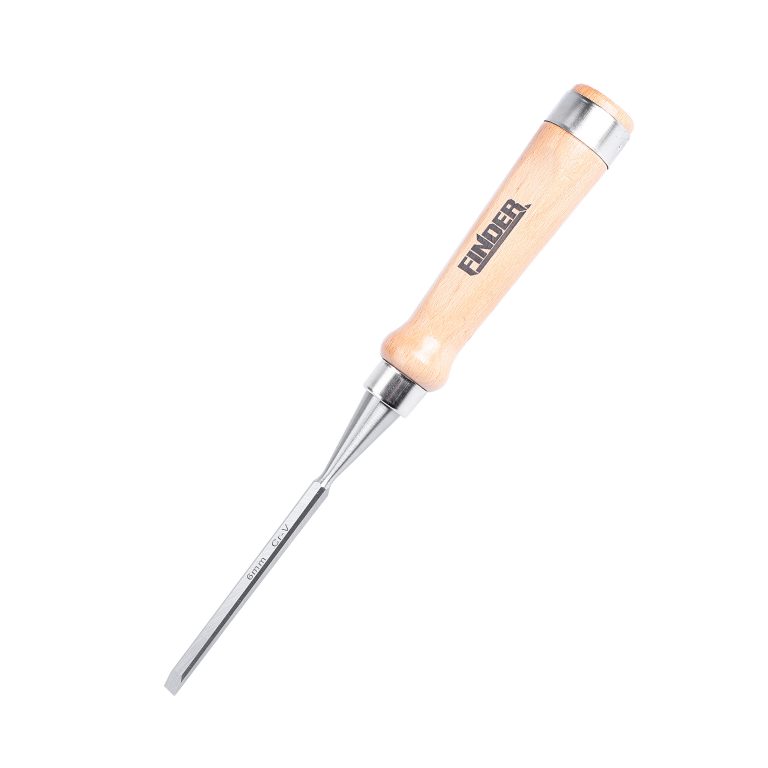
(2) Generally, burrs on the surface of rough blanks can be chiseled, and flat chisels (wide chisels) can be used for pouring, riser, and cutting materials; Sharp chisels (narrow chisels) can be used for chiseling grooves and dividing curved sheet materials; Use an oil tank chisel to chisel the oil tank.
(3) The gripping method and operation should be correct. The chisel should be held with the middle finger, ring finger, and little finger of the left hand, with the thumb and index finger naturally closed, and the head of the chisel protruding about 20mm; To reduce the vibration of the chisel hitting the opponent, do not grip the chisel too tightly.
(4) When chiseling, the chisel should be gently lifted from the sharp corner on the side of the work, and the full edge work should be carried out after the notch is chiseled. Otherwise, the chisel is prone to bouncing or slipping; When cutting at a distance of lOmmn from the end of the workpiece, it should be turned around and chiseled.
(5) To prevent the hammer from slipping off the chisel end and hitting the hand, cover a foam rubber pad above the handshaking position of the chisel handle; To prevent injury from flying debris or debris, operators should wear protective goggles and steel mesh protective plates should be placed on the workbench.
(6) The chisel tip should have a slightly spherical shape, and if there are flying edges or curls, they should be repaired in a timely manner to ensure that the hammering force passes through the center line of the chisel.
2. Filiform knife
The knife is made of high carbon steel T13 or T12, and its hardness after quenching is HRC62-67.
(1) The handle of the knife must be installed before use, otherwise the tail tip of the knife may puncture the hand, wrist, or other parts of the body.
(2) Generally, hold the handle tightly with your right hand, hold or support the front end of the knife with your left hand, and evenly apply force with both hands to push the knife forward; Do not apply too much force when using a small section of the file to avoid breaking the file; The grinding speed should not be too fast, generally 20-60 times per minute is recommended.
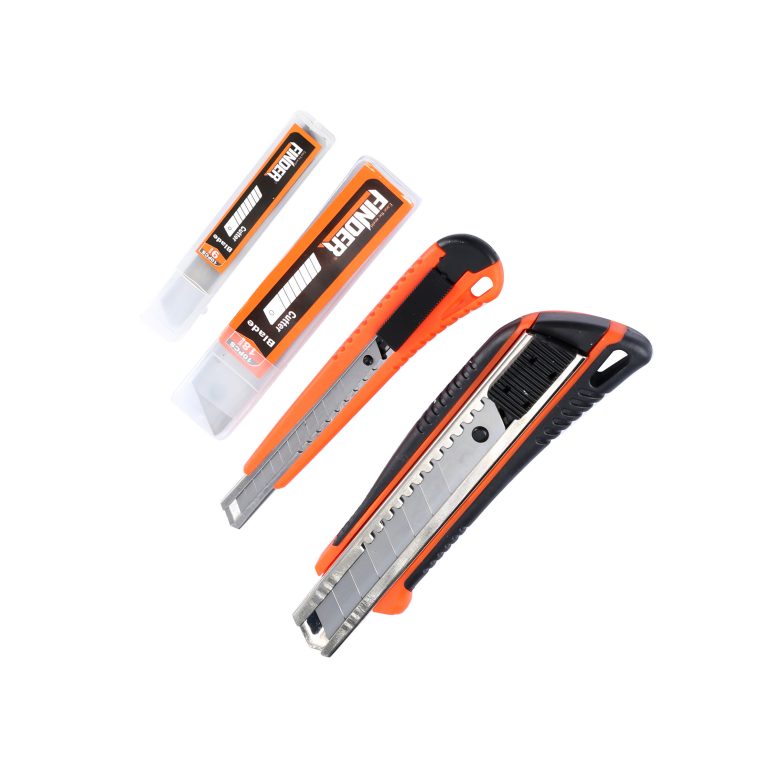
(3) Prevent grease contamination on the blade and handle, and the surface of the workpiece being machined should not be contaminated by grease to prevent slipping of the blade and accidents.
(4) Do not blow the chips with your mouth during grinding to prevent them from flying into your eyes; Do not use your hands to remove chips to prevent them from puncturing your fingers and palms. Instead, use a brush to clean and remove them.
(5) After using the file cutter, it should be properly placed without overlapping to avoid damaging the file teeth; When placed on the operating table, do not expose the table to prevent falling and injuring your feet.
(6) It is strictly prohibited to use the file knife as other tools, and it should not be used as a flat shovel or pry bar to prevent it from breaking and injuring people.
3. Hand saw
(1) The saw blade should be selected correctly based on the hardness and thickness of the processed material; The tension of the saw blade installation should be moderate and adjusted according to hand sensing at any time.
(2) The workpiece being sawed should be clamped tightly, and there should be no displacement or vibration during sawing; The cutting line should be close to the support point of the workpiece.
(3) When sawing, the saw bow should be straightened to prevent tilting, and the starting saw should be stable. The starting saw angle should not exceed 15 °. When the angle is too large, the saw teeth are easily clamped by the workpiece.
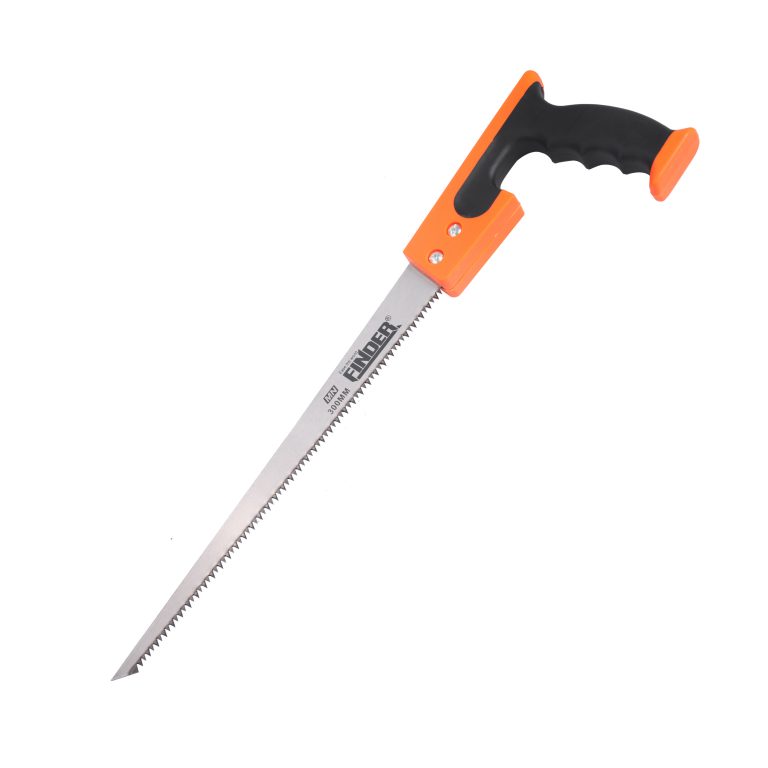
(4) When sawing, push the saw forward and apply appropriate force to both hands; When backing off the saw, lift the hand saw slightly without applying pressure. The amount of force applied should be determined based on the hardness of the workpiece being cut. For those with higher hardness, more force can be applied, while for those with lower hardness, less force can be applied.
(5) When installing or replacing a new saw blade, it is necessary to ensure that the tooth tip direction of the saw blade is facing forward; After switching to a new blade during the sawing process, the blade should be turned around and should not continue to be sawed along the original saw edge; When the workpiece is about to be sawed off, it should be supported by hand to avoid falling and injuring the feet.
4. Shearing knife
(1) Do not push the sheared workpiece too close to the shear shaft, as the opening of the cutting edge is large and the workpiece is prone to sliding outward under shear force, which can cause injury accidents; When the blade angle is 14 °, it is most conducive to cutting, labor-saving, and anti slip.
(2) When cutting, do not touch the edge of the workpiece that has just been cut with your hands to avoid being injured by sharp burrs. When handling or holding workpieces, operators must wear protective gloves made of canvas or leather.
(3) When using a shearing knife to trim the corners or cracks of a metal sheet, to prevent fragments from flying out and damaging the eyes, operators must wear protective goggles.
(4) When cutting, the workpiece should be firmly clamped to prevent it from rotating and injuring people under force; Do not use a pipe extension handle on the cutting blade handle.
5. Scraper
(1) The scraper should be equipped with a sturdy and smooth handle. Because excessive force is applied during scraping, if the handle falls off or breaks, it can cause harm to people; Especially when using the scraping method, the tail of the scraper should be equipped with a smooth and large contact handle to prevent injury to the operator’s abdomen or other parts of the body.
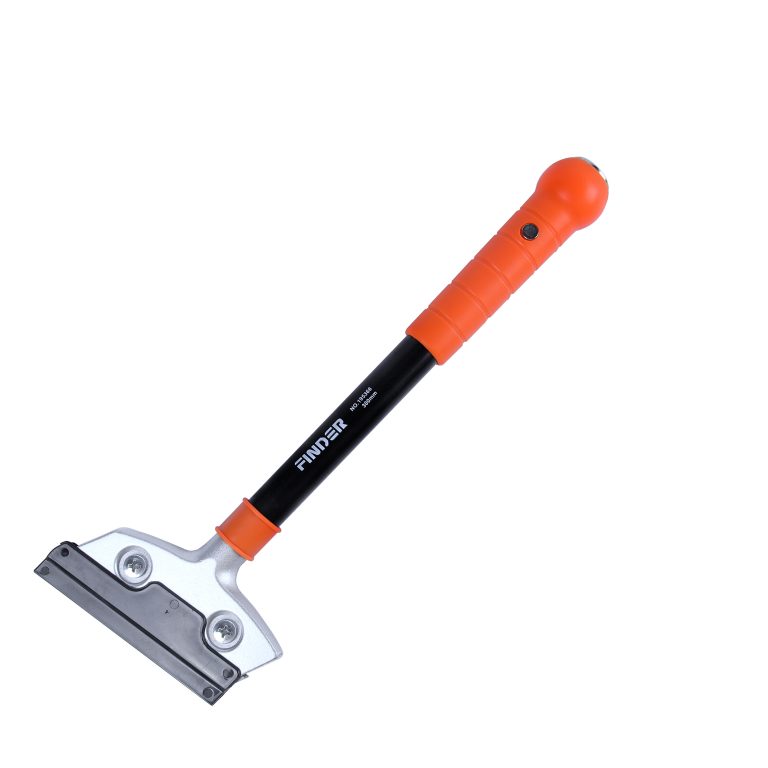
(2) When not in use, the scraper should be placed in a non falling area to prevent injury or damage to the scraper when it falls; Do not put the scraper and other hand tools in the same tool bag, they should be kept separately and properly.
(3) The workpiece to be scraped must be stable and firm, with a suitable height and position for personnel operation. During scraping, the workpiece to be scraped must not move or slide.
5. Axe and
(1) It is important to maintain a sharp edge of the axe and adze frequently, which is beneficial for cutting into wood. Axes and adzes with blunt edges may slide over the surface of the wood and injure people’s legs or feet during use.
(2) When chopping, the wood should be stuck on the workbench, with the chopped side facing upwards, and the axe handle should be tightly held with both hands; When chopping, hold the wood with one hand and straighten it, while holding the axe handle tightly with the other hand. When starting to drop the axe, use light force, grasp the direction and magnitude of the force, and gradually increase the force to cut.
(3) When cutting, attention must be paid to the movement curve of the axe and the axe. Within this range of movement curve, there should be no obstacles such as steel wires, iron wires, vines, branches, etc. to prevent the axe and the axe from hooking and slipping out of the hand, causing injury accidents. When using the axe, be careful and careful, and be sure to cut steadily.
(4) When chopping on the ground, operators must wear safety shoes; Wooden blocks should be placed under the chopped wood; When breaking and splitting round wood, the wood should be placed on a horse rack or pillow groove to secure the wood and prevent it from rolling and slipping, which may harm the operator’s feet and legs.
(5) Always pay attention to whether the connection between the axe and the handle is firm to prevent the axe from flying out and injuring people; When cutting, if encountering scars, do not cut hard. Instead, cut from the center of the scar to both sides.
6. Saw
(1) Before using the frame saw, adjust the knob to adjust the angle of the saw blade, which should generally be at a 45 ° angle with the plane of the wooden frame. Use a hinge to tighten the tension rope, making the saw blade straight and tight; When opening the saw path, hold the saw handle tightly with your right hand, press the starting point with your left hand, gently push and pull a few times, and do not use too much force; When sawing, do not twist left or right. When feeding the saw, be heavy. When lifting the saw, be light. The rhythm of pushing and pulling should be even; When the quick cut is completed, the cut part should be firmly held by hand. After use, loosen the saw blade and hang it in a secure position.
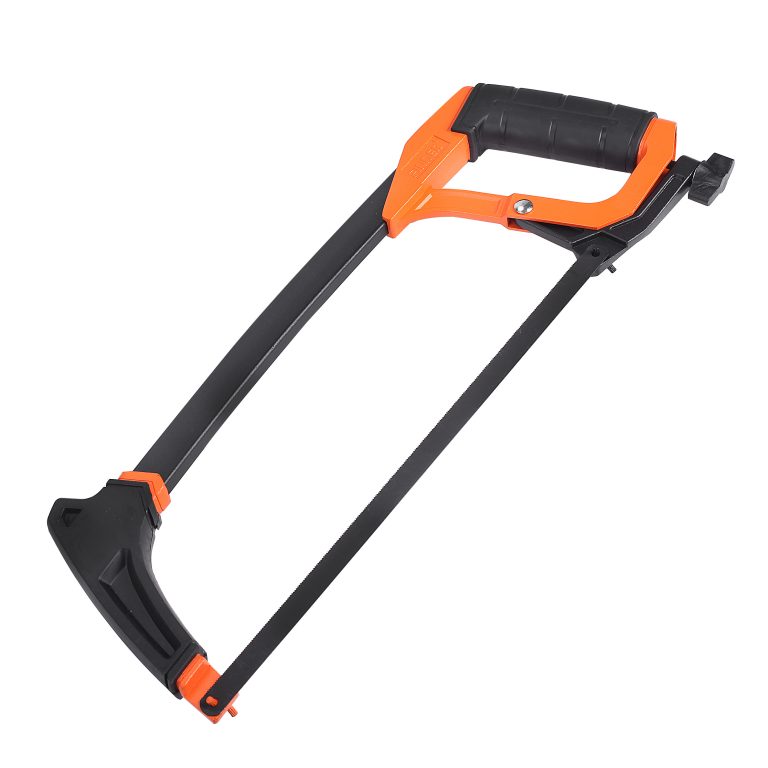
(2) When using a cross saw, the force of both hands should be balanced to prevent running the saw towards the side with greater force; When correcting the deviation, it should be slowly corrected to prevent the saw blade from getting stuck or breaking.
(3) When using a wire saw, do not apply too much force and do not pull the saw too fast to avoid breaking the wire. When sawing, the operator’s head should not be placed on the upper end of the bow frame to avoid injuring the face when the steel wire breaks.
(4) The sharpness of the saw blade and the firmness of the saw frame and handle should be checked at all times; Saw blades with dull teeth and uneven slopes should be repaired in a timely manner. Any damage to ropes, nuts, knobs, handles, and wooden frames should also be repaired and restored before they can continue to be used.
7. Chisel
(1) Before chiseling, the wood should be placed on the work bench. When chiseling, hold the chisel handle tightly with one hand and do not swing the chisel left and right to prevent the hammer from slipping and injuring the hand.
(2) The chisel handle should be made of hard sandalwood, beech wood, and oak wood. To prevent fuzzing or cracking at the end of the handle when hit, a protective iron hoop should be installed at the point where the handle is hit.
(3) During chiseling, attention should be paid to the firmness of the hammer handle and chisel handle at all times to prevent the hammer head from falling off and injuring people; Do not use wooden chisels as prying tools; Chisels should be properly stored when not in use and should not be placed in areas prone to falling.
8. Screwdriver
(1) An appropriate screwdriver should be selected based on the slot width and shape of the screw head that is tightened or loosened; Do not use a smaller screwdriver to tighten larger screws; A cross screwdriver is used to tighten or loosen screws with a cross groove on the head; Elbow screwdriver is used for screw heads with limited space.
(2) When the blade of a screwdriver is damaged or dull, it should be repaired at any time. When grinding with a grinding wheel, it should be cooled with water. Screwdrivers that cannot be repaired, such as severely damaged, deformed, cracked or damaged handles, should be scrapped.
(3) Do not use a screwdriver to tighten or loosen the screws holding the workpiece in your hand. The workpiece should be clamped inside the fixture to prevent injury.
(4) Do not use the method of hammering the handle end of a screwdriver to pry open gaps or remove metal burrs and other objects.
9. Pliers
Do not use pliers as a wrench. When cutting short ends of wire, to prevent the short end from flying out and injuring people, the short end should be facing downwards, and operators should wear protective goggles.
10. Hammer
When using a hammer, it is important to ensure that the connection between the hammer head and the handle is secure. If there is any looseness, it should be immediately wedged and tightened or the handle replaced. The handle length of the hammer must be moderate, and the appropriate length is to hold the hammer head with the forearm length equal to the length of the hammer; When smaller impact force is needed, hand swing method can be used, and when stronger impact force is needed, arm swing method should be used; When using the arm swing method, attention should be paid to the movement curve of the hammer head, and the handle of the hand hammer should not be contaminated with grease.
